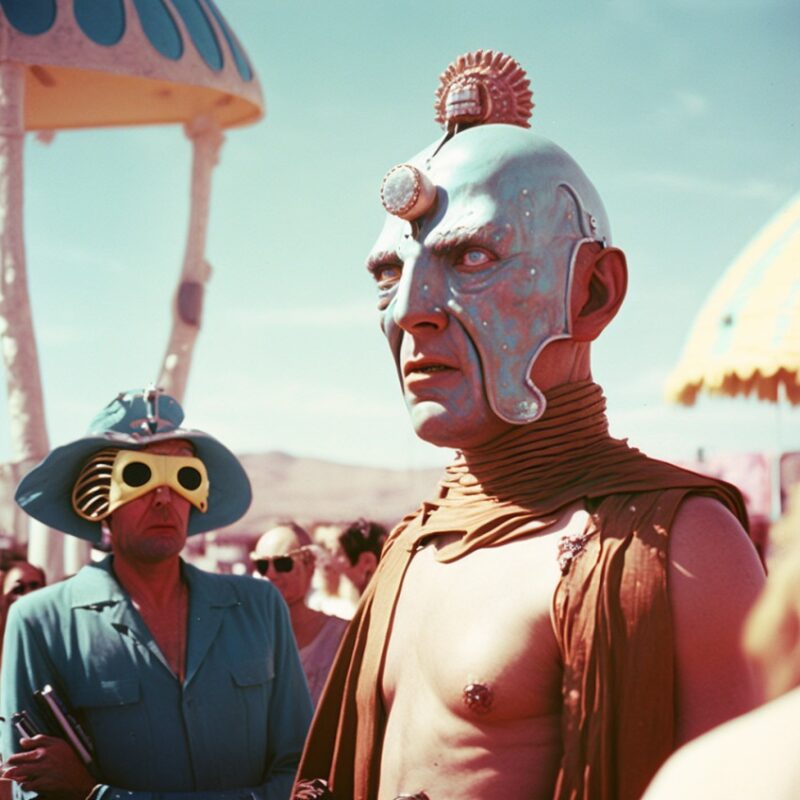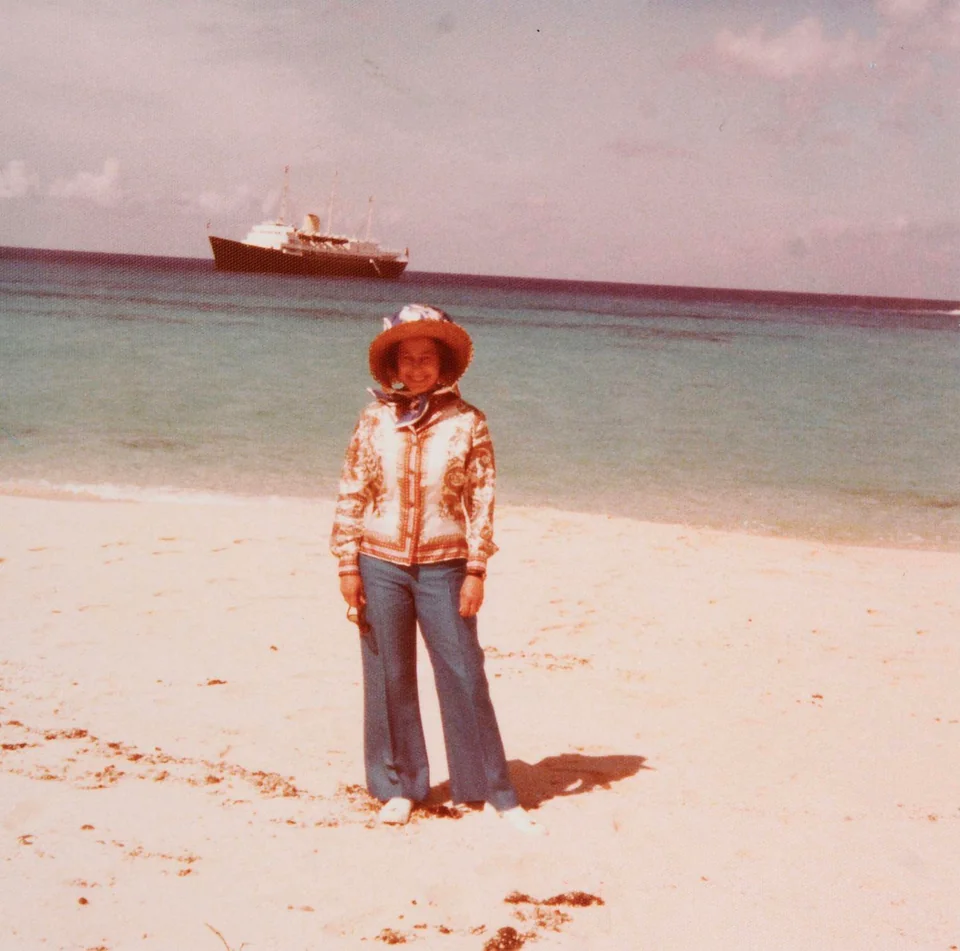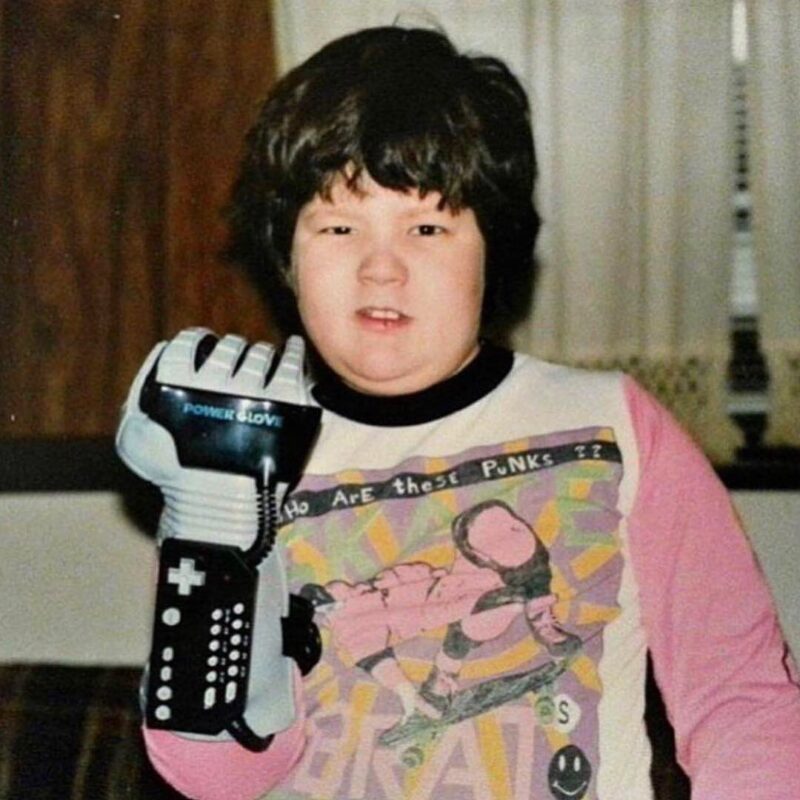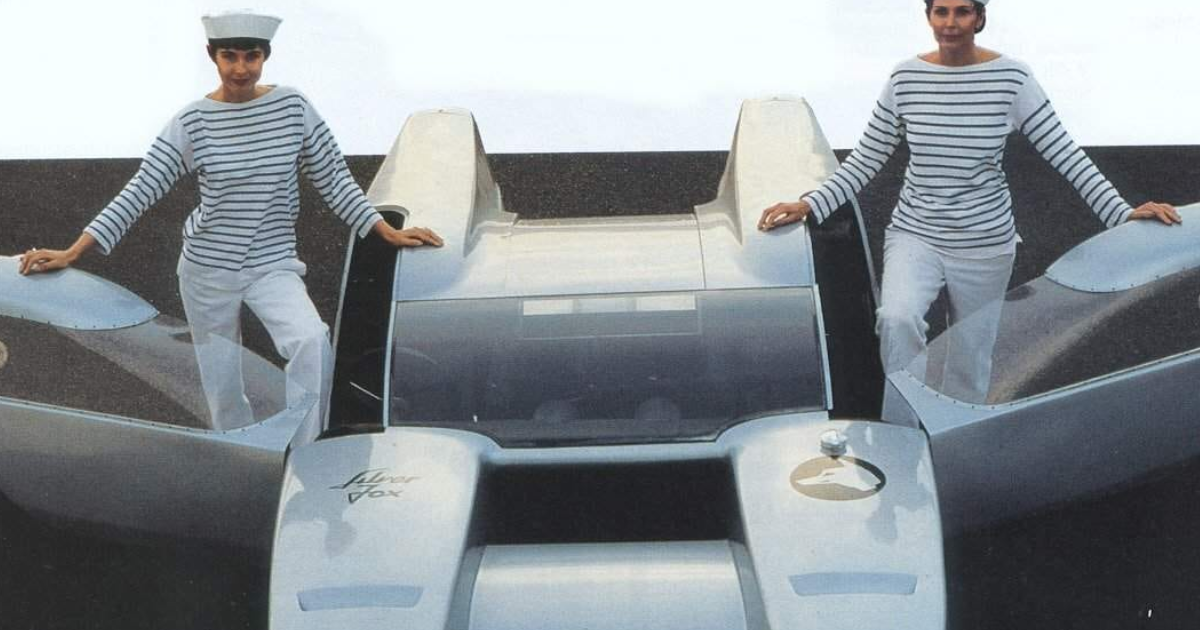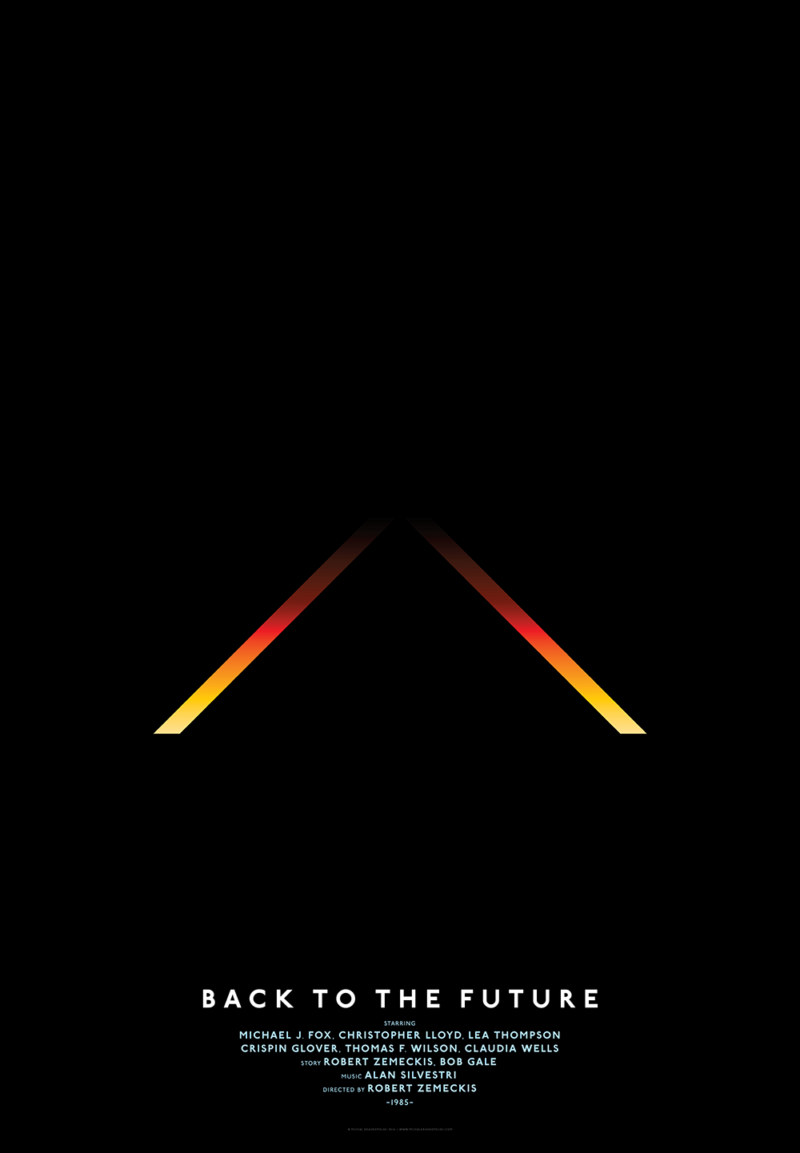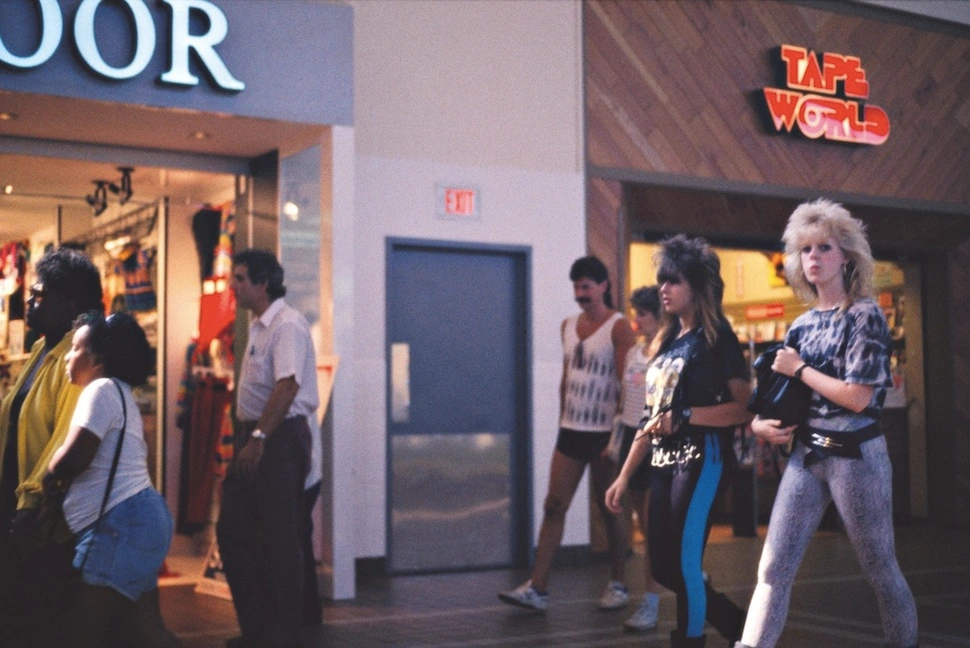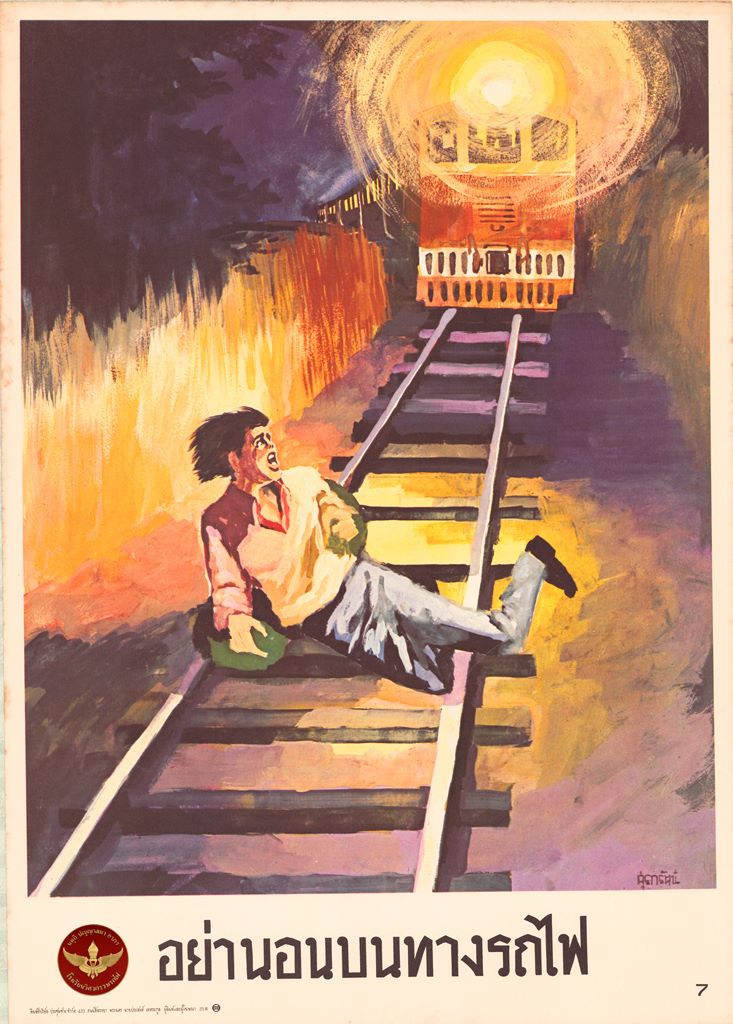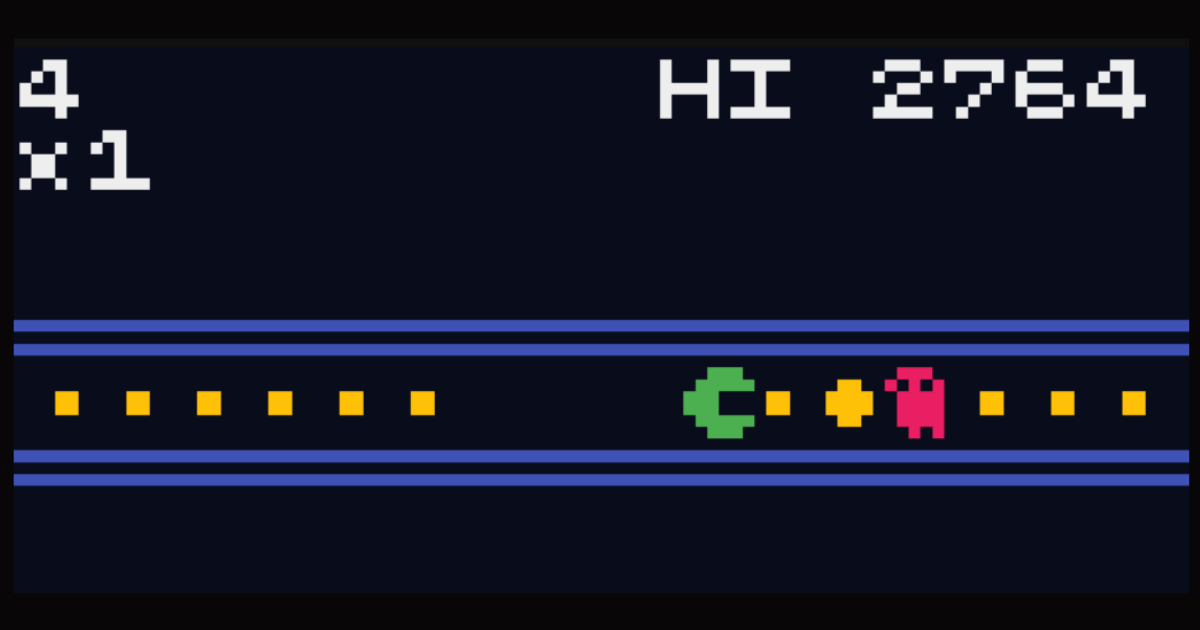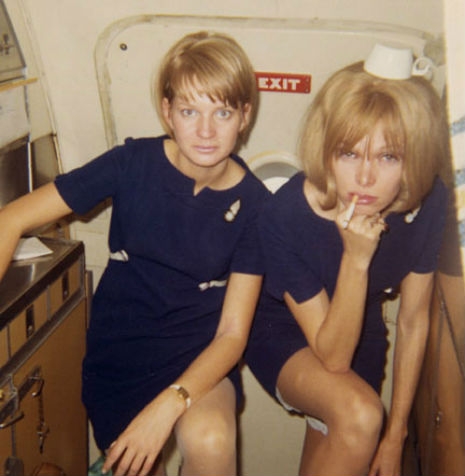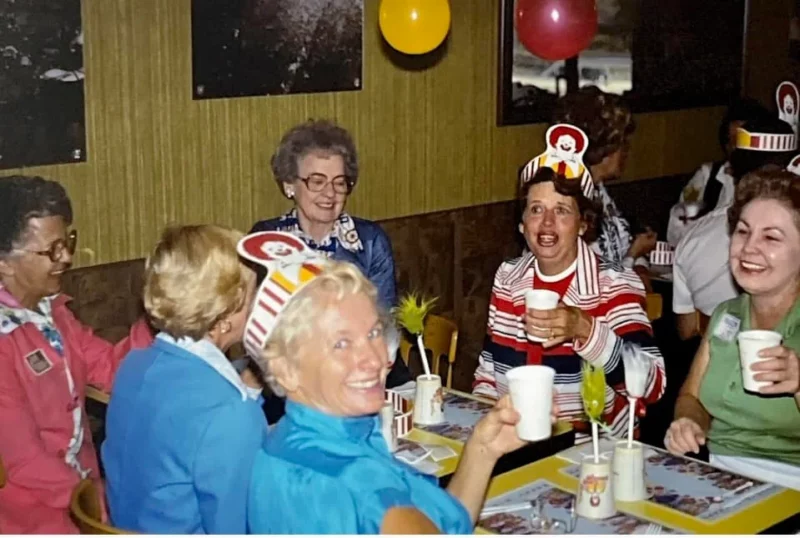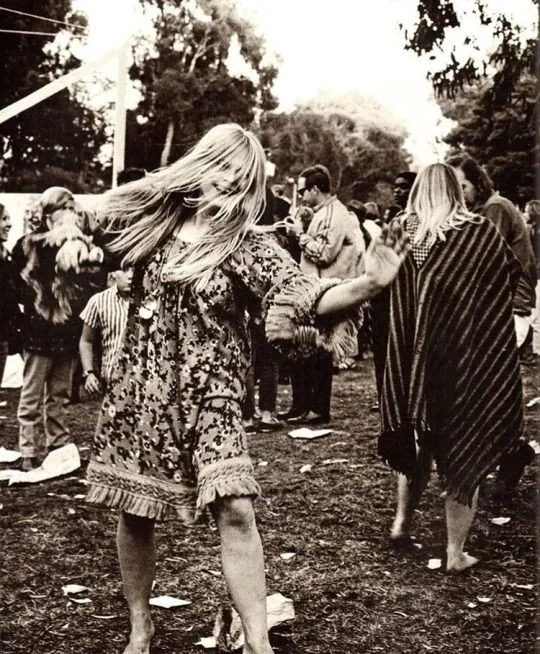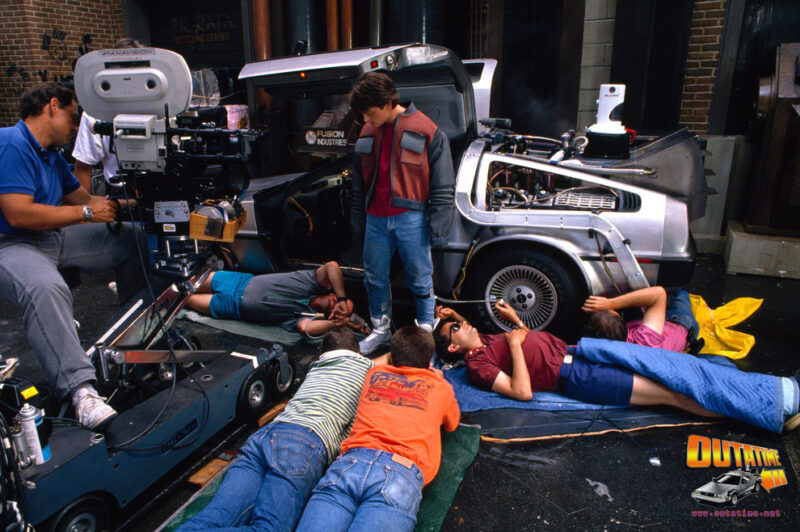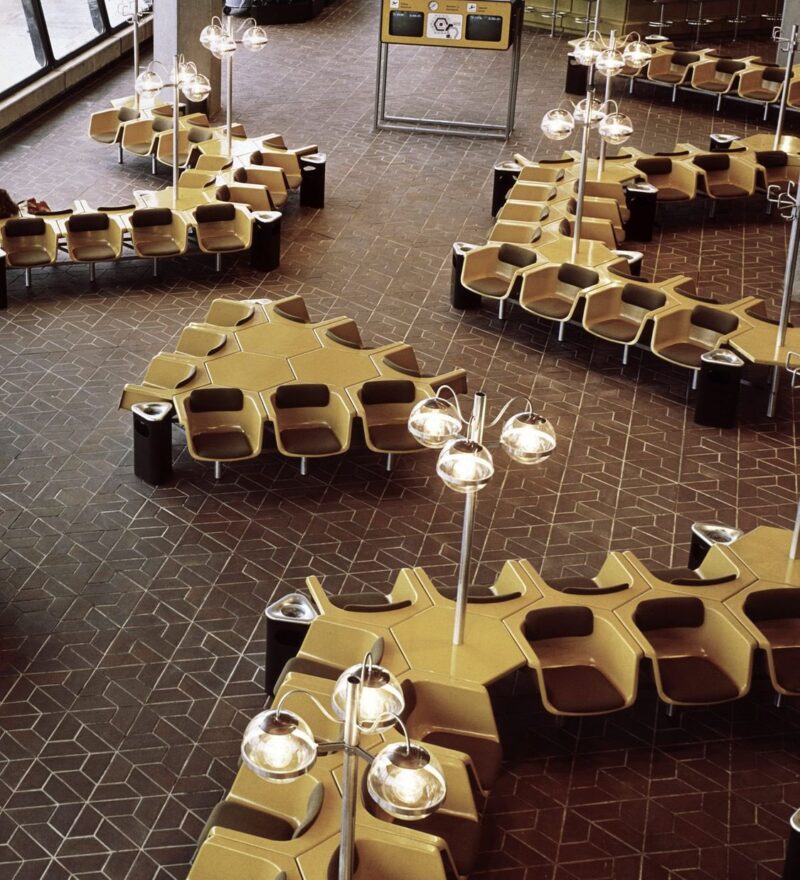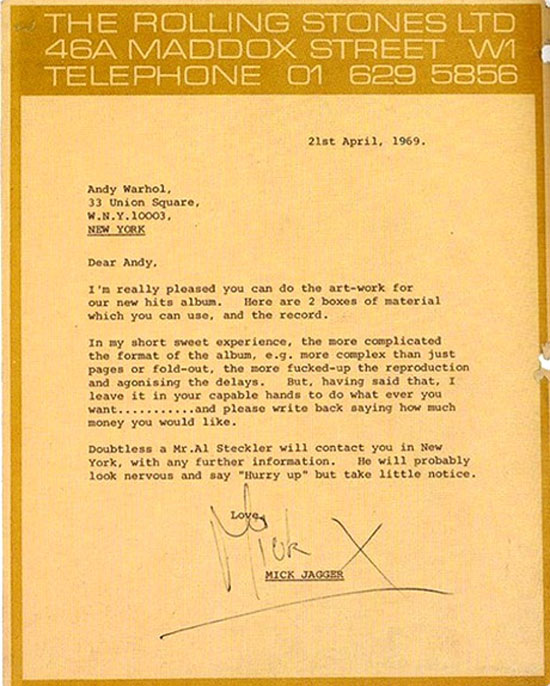Remember the thrill of a high-score on Pac-Man, the hypnotic glow of an 8-bit video game console? The 1980s were a decade obsessed with digital displays, and that obsession wasn’t confined to our living rooms. Buckle up, gearheads and gadget lovers, because we’re taking a nostalgic trip down memory lane to explore the fascinating world of digital dashboards from the 1980s.
From Analog Apathy to Digital Delight
For decades, car interiors were a realm of chrome bezels and analog needles. Speedometers with dancing pointers and fuel gauges with jittery bars were the norm. Then, a revolution began. In the early 1980s, automakers started experimenting with a new way to display information: the digital dashboard.
These weren’t your grandpa’s dashboards. Imagine a world where your speedometer wasn’t a needle sweeping across a dial, but crisp numbers glowing on a screen. Imagine a tachometer that wasn’t a frantic needle bouncing in the red, but a digital readout keeping track of your engine’s revs. This was the future, and the 1980s embraced it with a pixelated flourish.
Table of Contents
Chevrolet Corvette C4

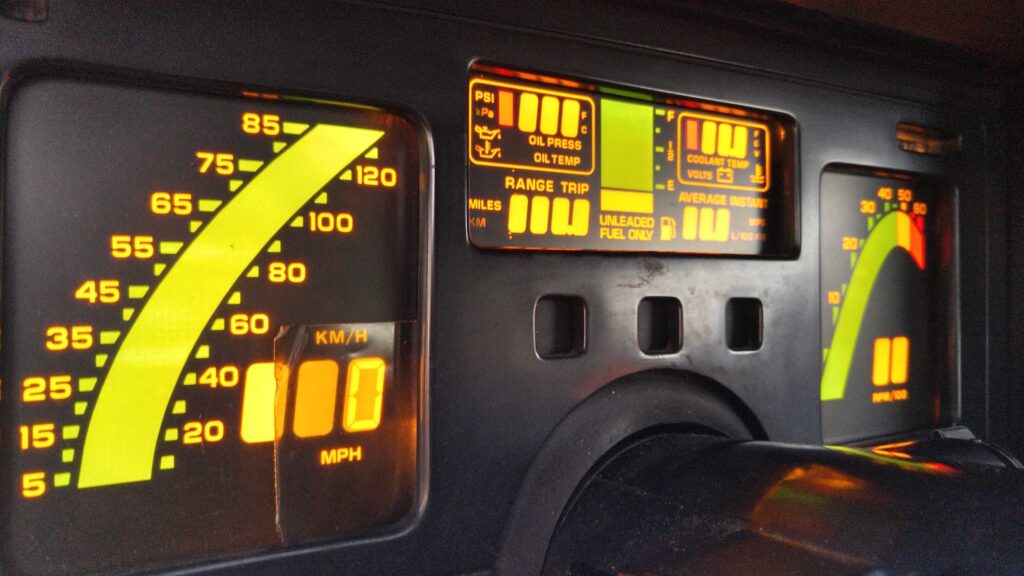
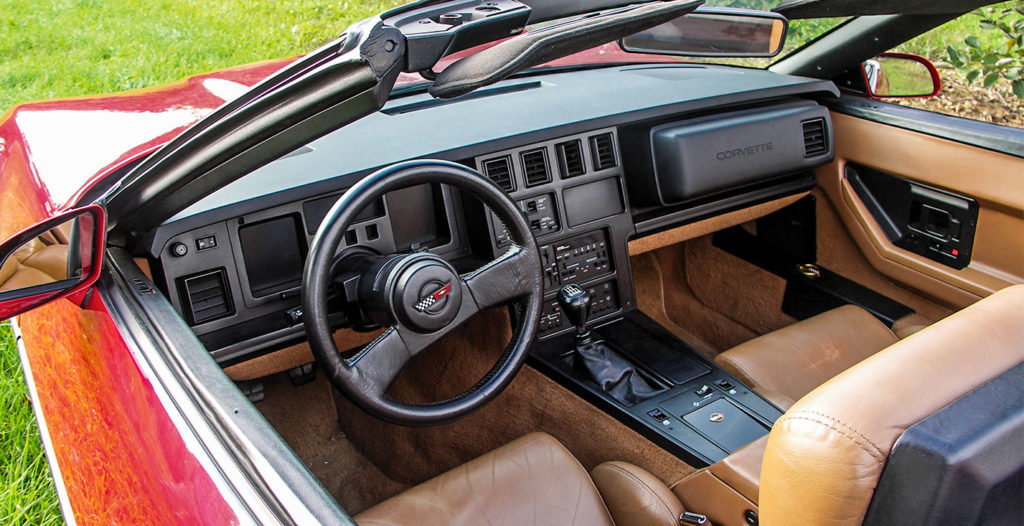
The C4 Corvette ushered in a new era for America’s sports car. Along with its sleek aerodynamic design and powerful engines, the C4 offered an optional digital instrument cluster that displayed information like speedometer, tachometer, fuel gauge, and even oil pressure digitally.
Pontiac Trans Am GTA
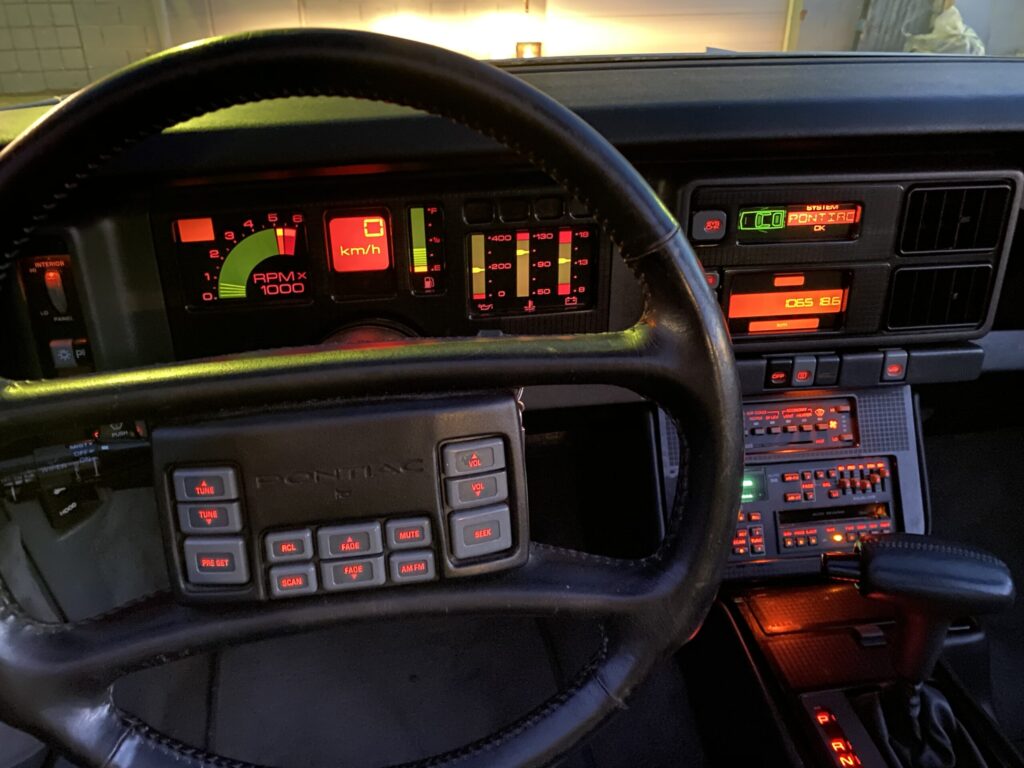

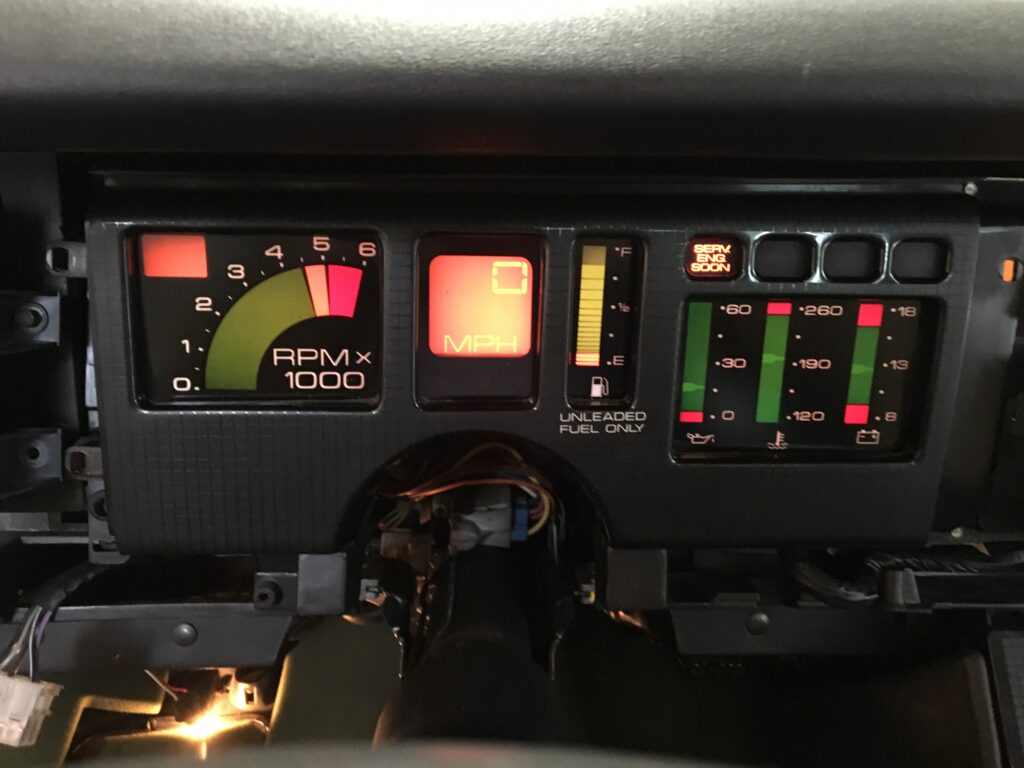
This iconic muscle car wasn’t just about raw power; it also offered a taste of the future with its available digital dash. Inspired by the KITT car from the popular TV show “Knight Rider,” the Trans Am GTA’s digital cluster displayed a variety of information with a futuristic flair. Speaking of the KITT car from Knight Rider, though it was not a production car, KITT from “Knight Rider” is arguably one of the most famous cars with a digital dashboard. They production company created a customized Pontiac Trans Am that featured a highly advanced (for the time) digital display that showcased speedometer, diagnostics, and even a talking AI companion.
Toyota Soarer (Lexus SC)
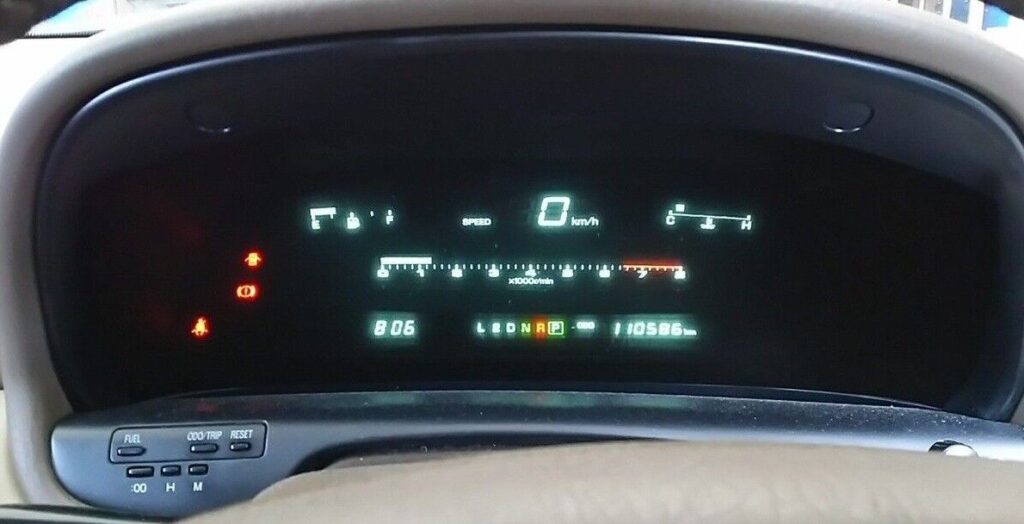
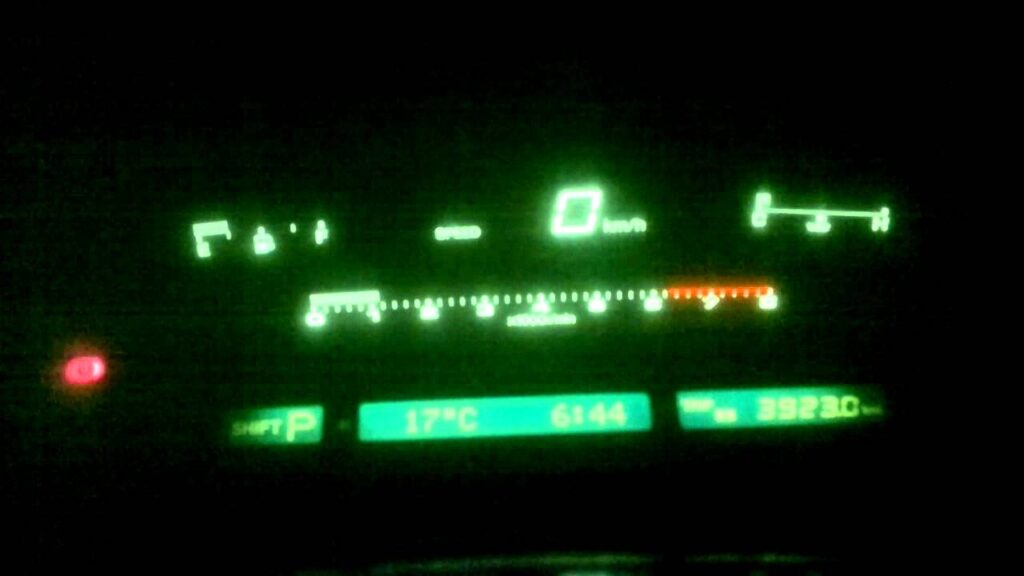

The Toyota Soarer, the predecessor to the Lexus SC, was a luxurious grand tourer that offered a glimpse into the future of car technology. One of its futuristic features was a digital instrument cluster that displayed information in an elegant and easy-to-read format.
European Elegance Embraces Digital Dashboards
European automakers also embraced the digital revolution. The 1982 Audi Quattro, the legendary all-wheel-drive sports car, offered an optional digital instrument cluster that displayed essential information like speed, revs, and fuel level in a clean and concise manner. The French, known for their avant-garde approach to design, weren’t to be outdone. The 1981 Citroen BX Digit featured a unique digital instrument cluster positioned in the center of the steering wheel, a radical departure from the traditional layout.
Citroen BX Digit
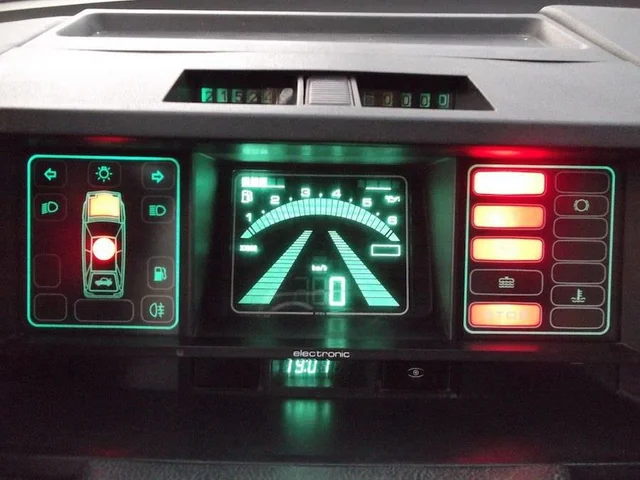
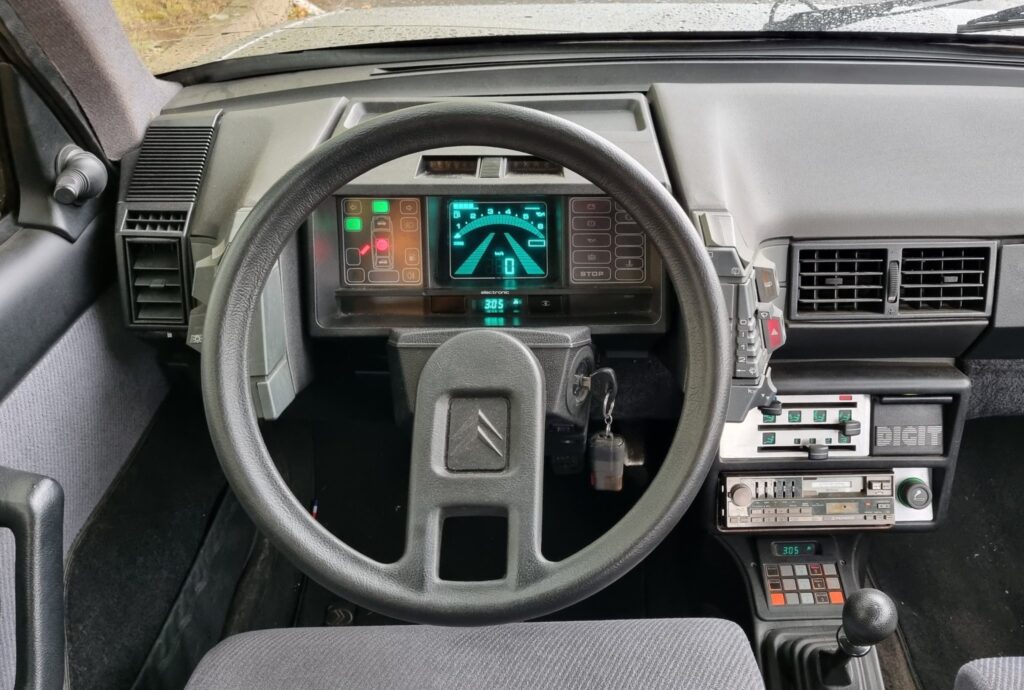


This French hatchback sported a uniquely designed digital instrument cluster that complemented the car’s unconventional and aerodynamic styling. The BX Digit’s digital display was positioned in the center of the steering wheel, offering a radical departure from traditional instrument placement.
Audi Quattro


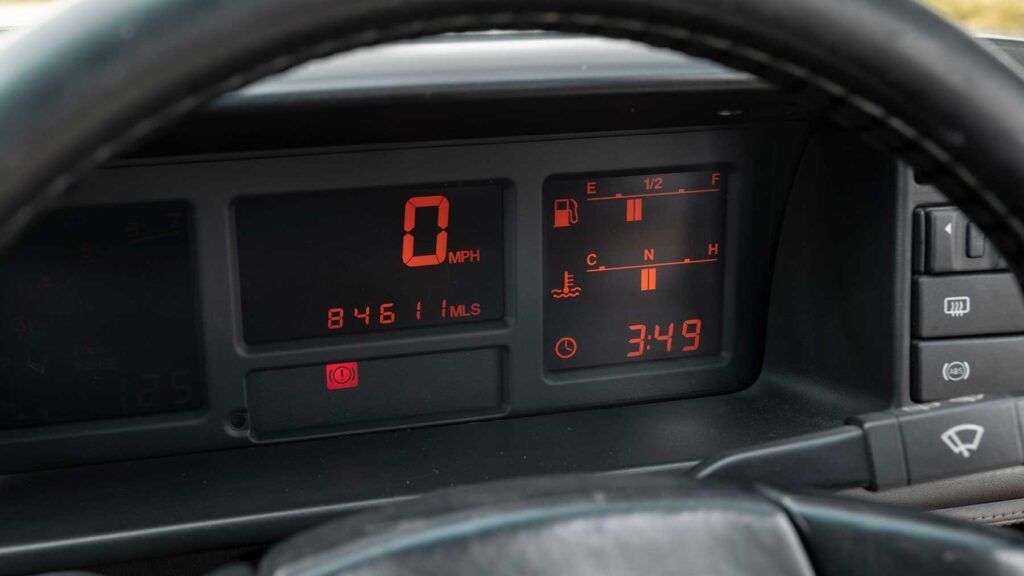
This legendary all-wheel-drive sports car wasn’t just known for its performance; it also offered an available digital instrument cluster. The Quattro’s digital dash displayed essential information like speed, revs, and fuel level in a clear and concise manner.
Oldsmobile Incas

This concept car from Oldsmobile was a glimpse into what the future of car design might hold. The Incas featured a wide digital display across the dashboard, showcasing information and controls in a touch-sensitive interface, a remarkably futuristic concept for the 1980s.
Toyota Cressida
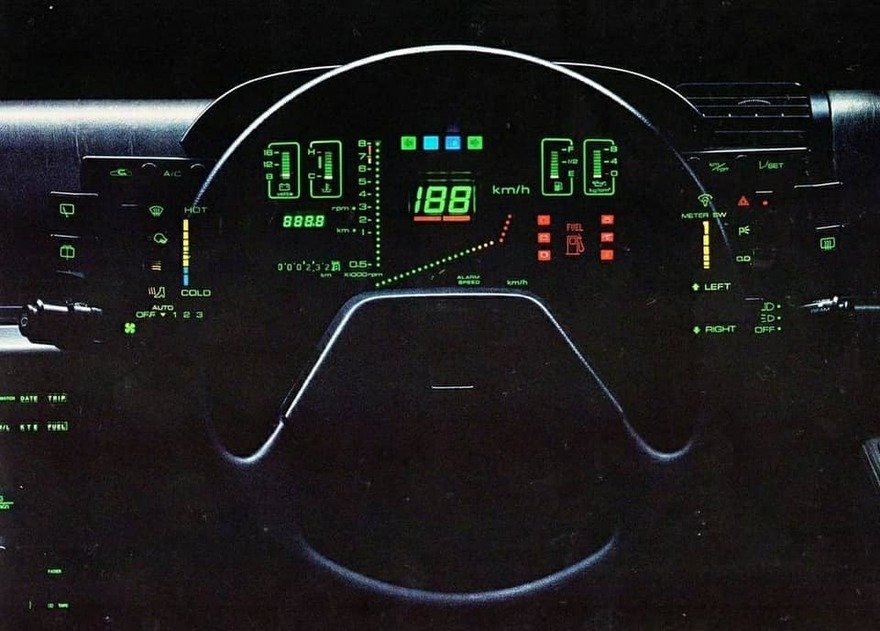
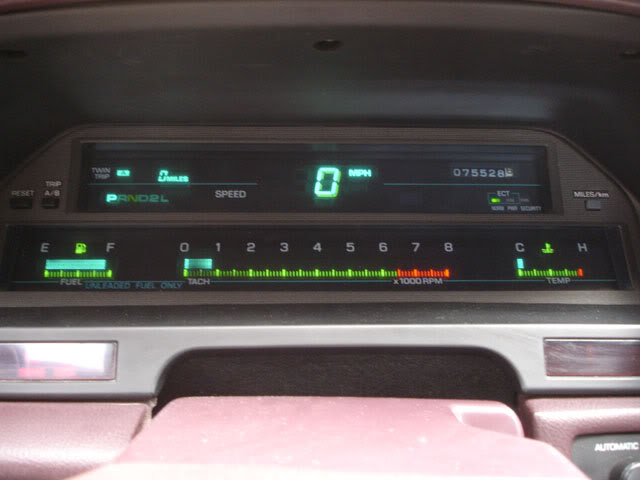

This mid-size sedan offered a luxurious driving experience and a surprising technological touch: a digital instrument cluster. The Cressida’s digital dash displayed information in a clear and organized manner, adding a touch of modernity to the car’s interior.
VW Orbit
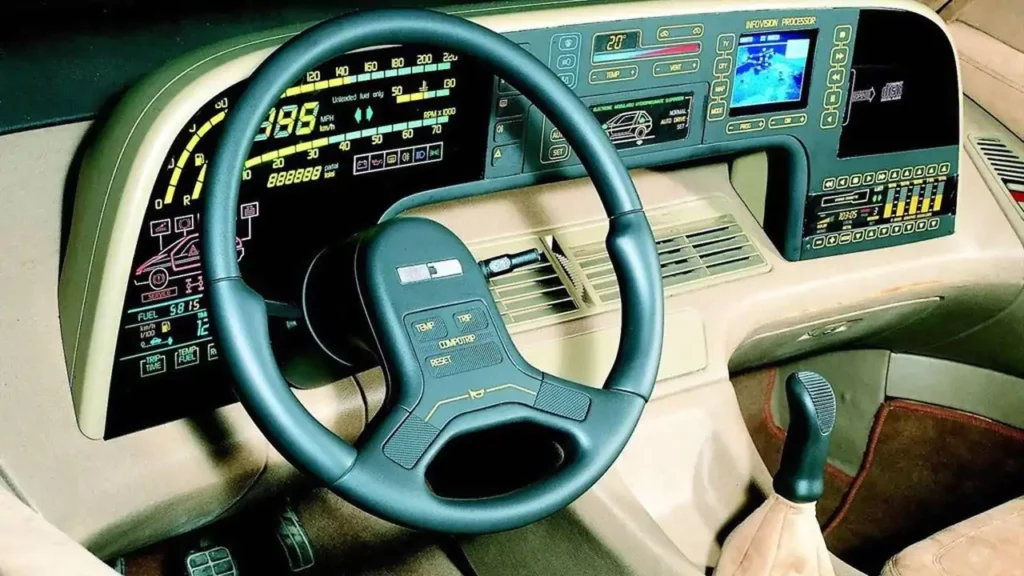
This wild concept car from Volkswagen never made it to production, but its design elements were truly ahead of their time. One of its most striking features was a massive digital display that stretched across the dashboard, envisioning a future where car controls and information would be entirely digital.
Subaru XT Turbo

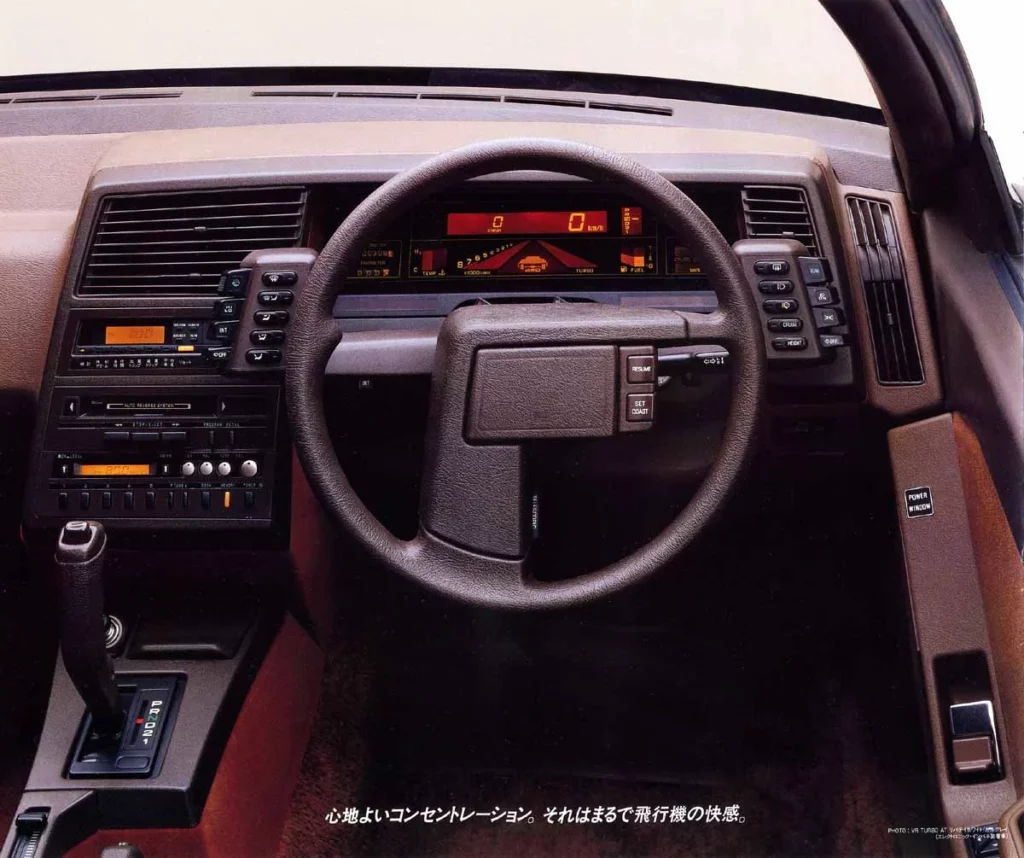
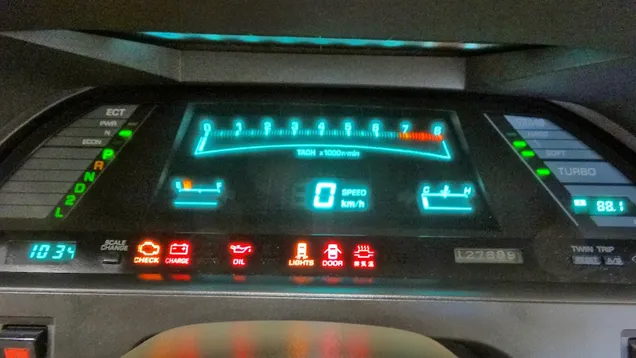
This sporty all-wheel-drive coupe offered a unique twist on the digital dashboard. In addition to the usual readouts, the XT Turbo’s digital display featured a small car icon surrounded by “road” graphics that illuminated based on engine speed and boost pressure, adding a touch of gamification to the driving experience.
A Legacy of Innovation
The digital dashboards of the 1980s might seem quaint compared to the sophisticated displays we see in cars today. But their significance goes beyond the novelty factor. These early adopters paved the way for the future of car technology. They showed that information could be presented in a clear, customizable, and even entertaining way. They were the pixelated pioneers that opened the door to the digital dashboards that dominate our roads today.
So, the next time you glance at your car’s digital display, take a moment to appreciate the legacy of the 1980s. Those early digital pioneers, with their glowing readouts and futuristic visions, helped transform the way we interact with our cars and experience the joy of the open road.






